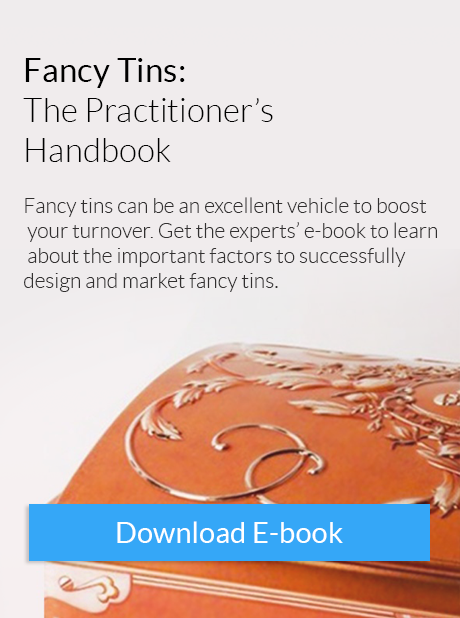Consumers have a need for touch the same way retailers have a need to sell products. But it's a mistake to assume all consumers respond the same way to the same stimuli. Every individual coexists with thousands of marketing campaigns wrapped in packaging techniques trying to get their attention. Here are important points for designers to consider about multisensory perceptions among consumers when crafting a new package.
How Consumers Perceive Graphic Design
Graphic design is still one of the most powerful forms of media to attract attention and paint pictures in people's minds. Visual media creates more lasting impact than other forms of sensory stimuli, such as radio, which requires excessive repetition to promote a brand through audio. The reason for this phenomenon is people remember what they see more than what they hear. People only need to see a movie, TV show or commercial once for it to be stored in their memory. Full page magazine ads also still create brand awareness more effectively than hearing about the same brand in a radio commercial.
When a consumer walks into a store and sees a vast collage of products, they bring with them volumes of memories related to brands, along with associated emotions and attitudes about them. These feelings and perceptions often come from media, friends or participation in the marketplace. Packaging researchers have studied this dynamic for decades only to conclude that no two consumers perceive brands the same way. Everyone bases their thoughts on personal experiences.
So how can a graphic designer use multisensory research? The key is for manufacturers, marketers and packagers to share common visions about target audiences. Even though all consumers are unique, they also fall into patterns. People who like organic food tend to shop at stores that brand themselves as organic or natural, while conventional shoppers who look for bargain prices aren't attracted to higher-priced food. So for the crowd that seeks cheap groceries, nutrition isn't that big of an issue.
Organic food shoppers seek nutrients and minimal chemicals regardless of what the package looks like. They care more about what's listed on the ingredients label. But you can still excite them with a package that celebrates their values of authenticity and purity. Meanwhile, conventional shoppers that go by taste instead nutrition are more likely to be influenced by packaging. The diligent researcher sees through the package, whereas the mainstream follower of pop culture trends is much more predictable at judging a book by its cover or agreeing with popular sentiment.
Maximizing Multisensory Research
Even though researchers have only scratched the surface in understanding how multisensory perception relates to marketing and packaging, the main takeaway is that consumers each formulate their own judgments about specific purchases, but there are still general themes that tie target customers together. Kids, for example, are taught by parents to associate sugar with reward. Then they grow up hanging on to this association unless they question it, which is rare for the masses.
Each of the human senses contributes to shaping a consumer's judgment on how a food product looks, sounds, feels, smells and tastes. While it's impossible to track how any given individual responds to every marketed product, it's possible to determine how consumers generally feel about specific products that match their values.
Packagers should study the target market they are aiming for and figure out how the values of the product can be expressed by the package. Colors, textures and aromas each have value associations that might be worthwhile to explore. Values are what connect consumers with products, so staying consistent with value expectations is essential.
References
[1] "Haptic Aspects of Multisensory Packaging Design (2019)" , by Charles Spence, Crossmodal Research Laboratory, Department of Experimental Psychology University of Oxford
[2] "Multisensory Packaging Design (2017 - today)" , by Charles Spence
[3] "From Disgust to Desire: How Products Elicit Our Emotions (2004)" , by Pieter M. A. Desmet, in Design and Emotions, edited by Dena McDonagh et al.
[4] "Luxury branding: the industry, trends and future conceptualisations (2015)" , by Yuri Seo and Margo Buchanan-Oliver
[5] "Food packaging: The medium is the message (2010)" , by Corinna Hawkes
[6] "Multisensory design: Reaching out to touch the consumer (2011)", by Charles Spence and Alberto Gallace








